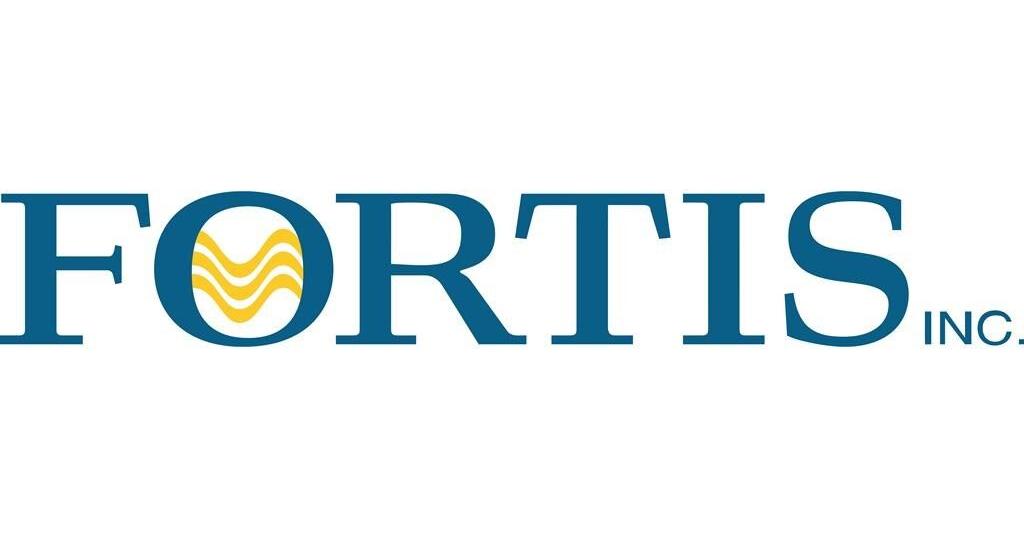Canada’s cannabis market has grown significantly since it first became legal in 2018 — when the federal government legalized the plant for recreational use. Since that time, the market has developed into a variety of avenues. From edibles to beverages and beyond, the number of legal products available continues to grow.
As spring weather takes over from the cold winter months, there is an opportunity for novice and experienced CBD users to incorporate this newly legal plant into their diets and wellness routines. Let’s take a look at three popular ways to incorporate CBD into your spring diet.
1. Food & Drink
The food and beverages we consume have a significant impact on our overall health and wellness. The incorporation of edibles is one of the fastest-growing avenues of legal CBD production in Canada. Consumers are gravitating towards the discretionary and efficiency functions of edibles.
As more licenced businesses begin to set up shop across the country, the variety of products available shows genuine promise — whether it’s with gummies or a sweet chamomile herbal tea, this is where Canada’s entrepreneurs are shining.
The CBD properties in edibles are becoming a go-to for many consumers looking to regulate their appetites, improve muscle function, and treat mood irregularities. Incorporating CBD into your spring diet may be a gradual process, particularly if you’re new to the experience. The easiest way to experiment is with the smallest dosage recommended and gauge your body’s reaction — as time goes on, you may be able to incorporate a higher dosage into your food or drink.
2. Improving Sleep
Developing a healthy sleep pattern is a crucial part of your mental and physical health. The conversation around CBD and improved sleep is ongoing, though it shows promise. Since CBD is a non-psychoactive compound of the cannabis plant, it could offer therapeutic benefits without the attached high that comes with the same plant’s THC compounds.
Oils are one of the most popular ways to incorporate CBD into a sleeping ritual — consumers can choose to add the oil directly to their skin or add a few droplets to their diffusers while they sleep. The way the CBD compound reacts to the body’s serotonin receptors and the brain’s receptors is continuously studied. Consumers can use the available research and reports to decide whether adding CBD to their nighttime routine is the right choice for their lifestyle.
3. Fitness Routine
Incorporating CBD has been a growing fundamental practice for anyone looking to improve their physical fitness. We know CBD is one of the many chemical compounds found in cannabinoids. Still, Cannabinoids actually exist in our bodies via our endocannabinoid system — which is known to regulate various functions in our body from appetite and mood to sleep and memory.
For those looking to add a therapeutic remedy to their active lifestyle, topical CBD products could be the answer. Massage oil or body cream has the potential to improve circulation, reduce muscle tension, and aid in the recovery of soft tissue injuries.
Related
































